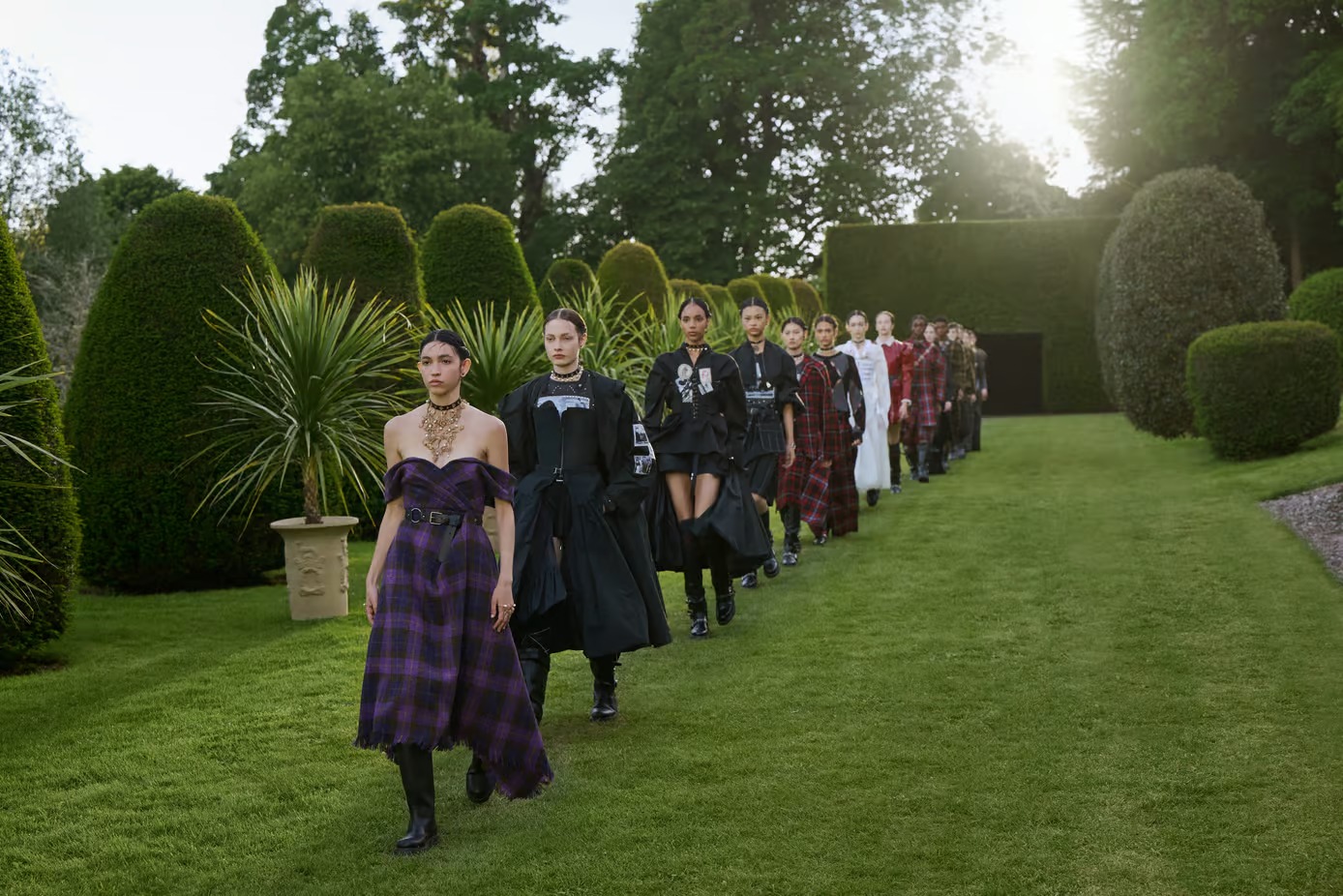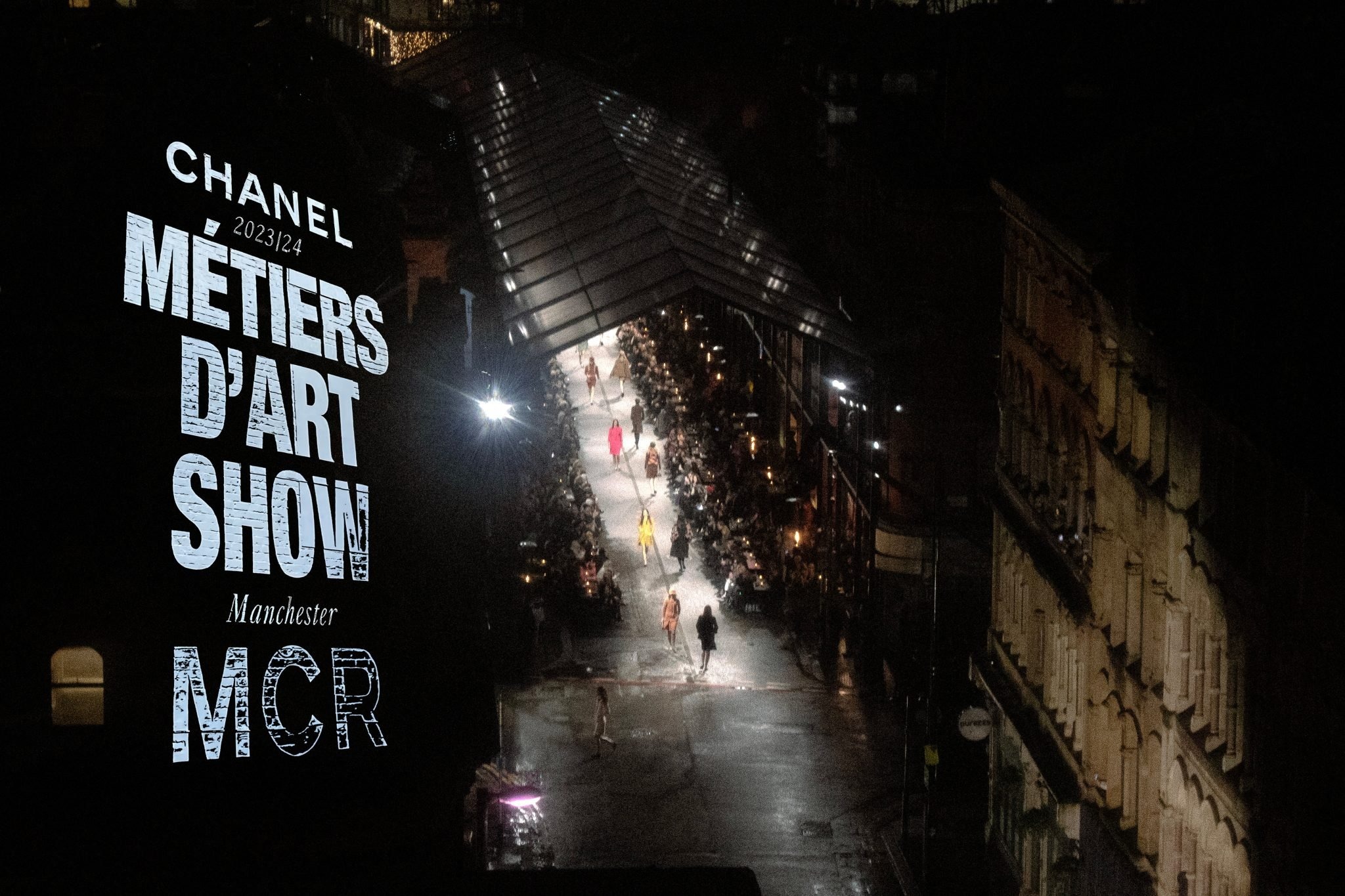
Why Has the UK Become the Ultimate Luxury Fashion Stage?
Three of the world's leading luxury houses have staged shows in Great Britain over the past six months.
Yesterday Dior presented its Cruise 2025 collection, staging a runway show in the stunning gardens of Drummond Castle in Scotland. While the location doesn’t intuitively elicit the brand’s quintessentially French, couture-coded aesthetic, research into Scottish history and the country’s specialised fabric weaving hubs — think tartan, tweeds and cashmere — saw creative director Maria Grazia Chiuri introduce such influences into her interpretation of the Maison.
What I find more interesting, however, is that this is the third runway show by a European mega-luxury house to be staged in the UK within six months: the most recent affair took place about a month ago, when Gucci showcased its Resort 2025 collection at London’s Tate Modern museum, in a homage to the city’s trailblazing attitude. Before that, Chanel showed its 2023/24 Métiers d'Art collection in Manchester, bidding to honour the historically-industrial city’s musical heritage from the 80s and 90s.

All three brands explained the rainy island’s appeal as a venue through their house codes. Dior’s collection was inspired by Mary Queen of Scots, who was former queen of France and an avid embroiderer who used her craft as a form of personal expression (very on brand for Chiuri’s feminist manifesto for the House); Gucci was of course conceived in London, when founder Guccio Gucci worked as a luggage porter at the Savoy; Chanel, it goes without saying, reimagined traditional English tweed as a couture fabric, so deeply embedded in the brand’s DNA.
Still, the close proximity of all these shows makes you wonder, why now? Indeed, Chanel, Gucci and Dior are some of the biggest luxury players in the United Kingdom, holding 10%, 4% and 3% stakes respectively of the local market, according to Statista. But the UK is by no means these labels’ target consumer base, considering the continuously diminishing demand for luxury goods in the region, and the challenging conditions that have seen British brands such as MatchesFashion and The Vampire’s Wife close shop in recent months.
One guess would be that UK fashion’s perceived irreverence is a lodestone for brands trying to establish deeper connections with young consumers, whose nostalgic sensibilities seem to know no bounds. Another, perhaps more austere guess, is that impending regulation in the EU and the US to overhaul manufacturing standards so fashion production becomes more sustainable has incentivised brands to establish a stronger presence where there is no such obligation — or outlook.
The answer depends on how much of a cynic you are.
0 Comments Add a Comment?